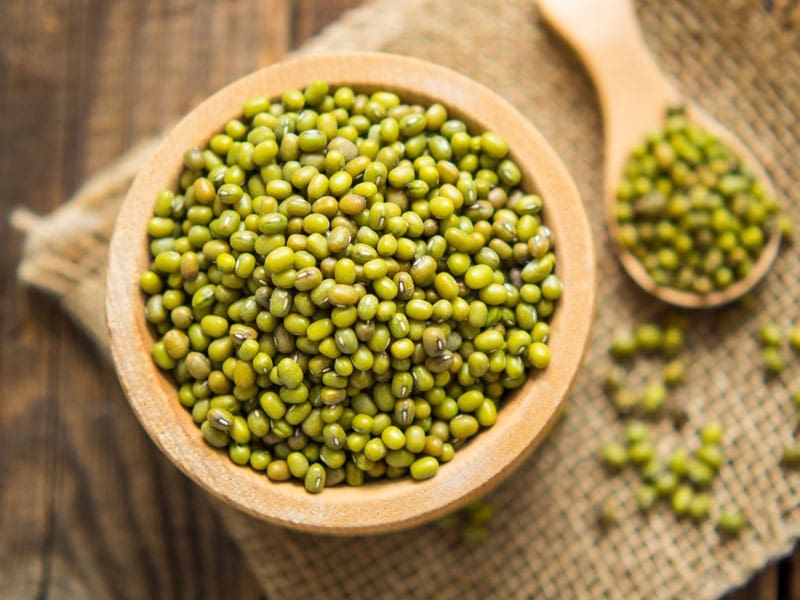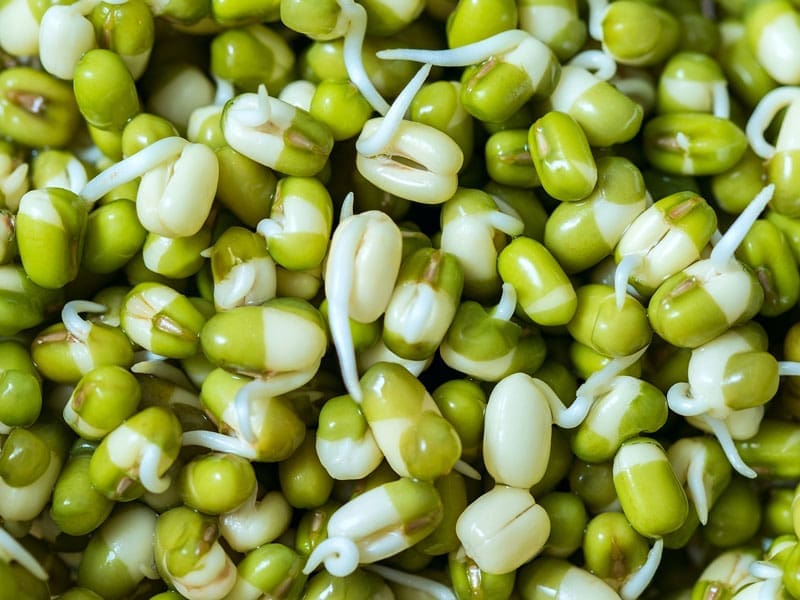
Mung bean sprouts are a popular sprout choice worldwide, known for their crisp texture, refreshing taste, and impressive nutritional profile. With the hydroponic tray method, you can grow clean, soil-free sprouts at home in under a week. In this guide, you’ll discover not only how to grow them step by step, but also tips to avoid common mistakes and creative ways to enjoy your harvest.
Why Grow Mung Bean Sprouts?
Mung beans (Vigna radiata) are small green legumes that produce crisp white sprouts when germinated. They are a staple in Asian cooking and are valued for both their taste and health benefits. Sprouts are rich in protein, fibre, and vitamins such as C and K, while being low in calories. As a result, they make a versatile addition to stir-fries, fresh rolls, noodle dishes, and salads.
- Excellent source of plant-based protein
- High in antioxidants and vitamin C
- Easy to grow indoors year-round
- Crisp, refreshing flavour and texture
Hydroponic Trays vs Other Sprouting Methods
Although mung beans can be sprouted in jars, cloth bags, or bowls, hydroponic trays are often the most reliable method. Unlike jars, trays provide even drainage and better airflow. Additionally, they allow you to grow larger harvests without taking up much space. On the other hand, cloth bags may be lightweight but are harder to keep consistently moist. Hydroponic trays remain the preferred choice for both beginners and experienced sprouters.
- Even water drainage to prevent mould
- Stackable design saves bench space
- Larger harvests compared to jars
- Cleaner handling and easier rinsing
Step-by-Step: Growing Mung Bean Sprouts in Hydroponic Trays
Step 1: Soak the Seeds
Rinse your mung bean seeds under cool water. Next, place them in a bowl or jar and soak for 8–12 hours (overnight works best). This softens the seed coat and kickstarts germination.
Step 2: Spread Seeds in Tray
Drain the soaked beans and spread them evenly across your hydroponic tray. Although it may be tempting to add extra seeds, avoid overcrowding — a single, compact layer is ideal. If your tray has a mesh insert or drainage holes, ensure the beans sit on top, not submerged in water.
Step 3: Rinse and Drain
Rinse the beans with fresh water 2–3 times per day. After each rinse, let excess water drain away completely. Otherwise, stagnant water can cause rot and mould. Consistent rinsing keeps sprouts crisp and safe to eat.
Step 4: Control Light
For traditional pale mung bean sprouts (like those sold in Asian grocers), keep your tray in a dark cupboard. In contrast, if you prefer sprouts with a slightly green tint and more chlorophyll, allow indirect light exposure during growth.
Step 5: Encourage Plump Sprouts
If you want thick, crunchy sprouts, place a light weight (such as another tray or a clean board) gently on top. This extra pressure encourages the sprouts to grow stronger and plumper. As a result, you’ll enjoy a more market-style finish.
Step 6: Harvest
In 4–6 days, your sprouts will be ready. By this stage, they should be 4–7 cm long with crisp white stems. Finally, rinse well before eating and store in the fridge for up to 3 days.
Hydroponic Tray Growing Guide
| Stage | Details |
|---|---|
| Soak Time | 8–12 hours |
| Rinsing | 2–3 times per day |
| Growing Environment | Dark for white sprouts; light for green sprouts |
| Harvest Time | 4–6 days |
| Storage | Refrigerate, eat within 2–3 days |
Click here to view an in-depth guide on how to hydroponically grow mung bean sprouts!
Troubleshooting Common Problems
- Mould: This is often caused by poor drainage or lack of airflow. Instead of reducing rinsing, increase airflow and ensure trays are not waterlogged.
- Thin Sprouts: If sprouts are spindly, add gentle weight on top to encourage thicker stems.
- Rotten Smell: A foul odour usually means stagnant water. In this case, empty trays fully after each rinse.
- Uneven Growth: Spread seeds evenly at the start. Otherwise, clumping during soaking will cause irregular results.

Ways to Use Mung Bean Sprouts
Fresh mung bean sprouts are best eaten raw or lightly cooked. For example, they can be tossed into salads for extra crunch or quickly stir-fried with garlic. In addition, they add freshness to noodle soups like pho, or brightness to rice paper rolls. Although simple, these sprouts can completely transform a dish with their crisp texture.
- Stir-fried with garlic, soy sauce, and sesame oil
- Added fresh to spring rolls or rice paper rolls
- Mixed into noodle soups like pho or ramen
- Tossed through salads for extra crunch
Final Thoughts
Growing mung bean sprouts in hydroponic trays is fast, clean, and rewarding. It requires very little space and no soil, making it perfect for any kitchen. Within a week, you’ll have fresh, crunchy sprouts bursting with nutrition. Ultimately, whether you add them to stir-fries, soups, or enjoy them raw, homegrown sprouts are a simple way to put both flavour and a healthy twist to your meals.
Click HERE to buy our Mung Bean Sprouting Seeds 🛒🌱!
Find our selection of grow equipment HERE 🛒👩🌾.
